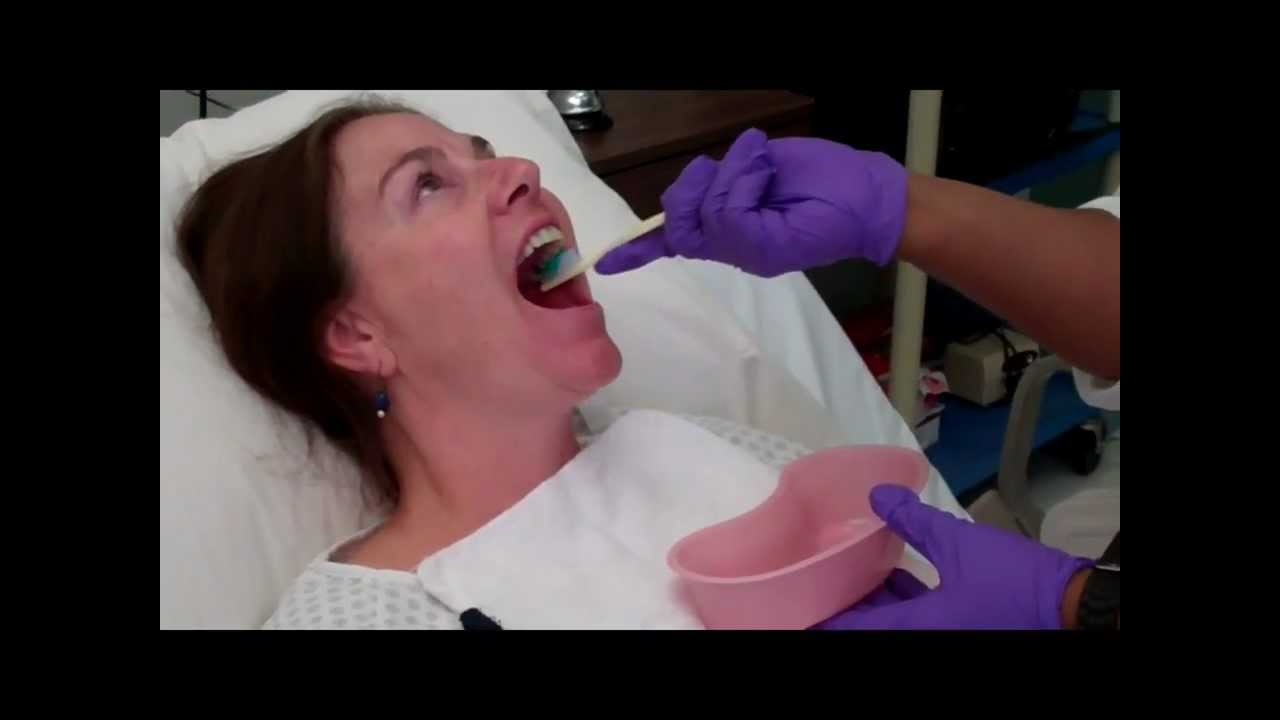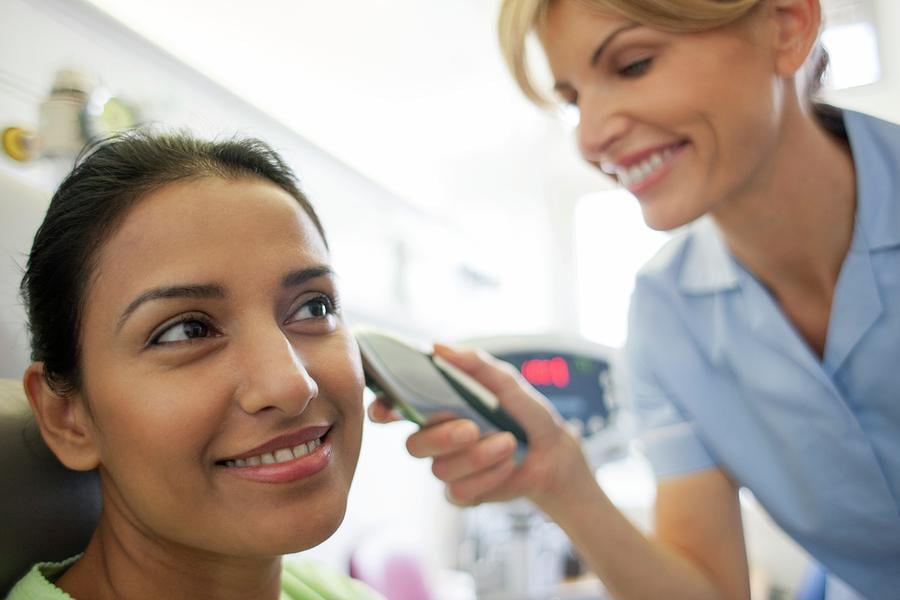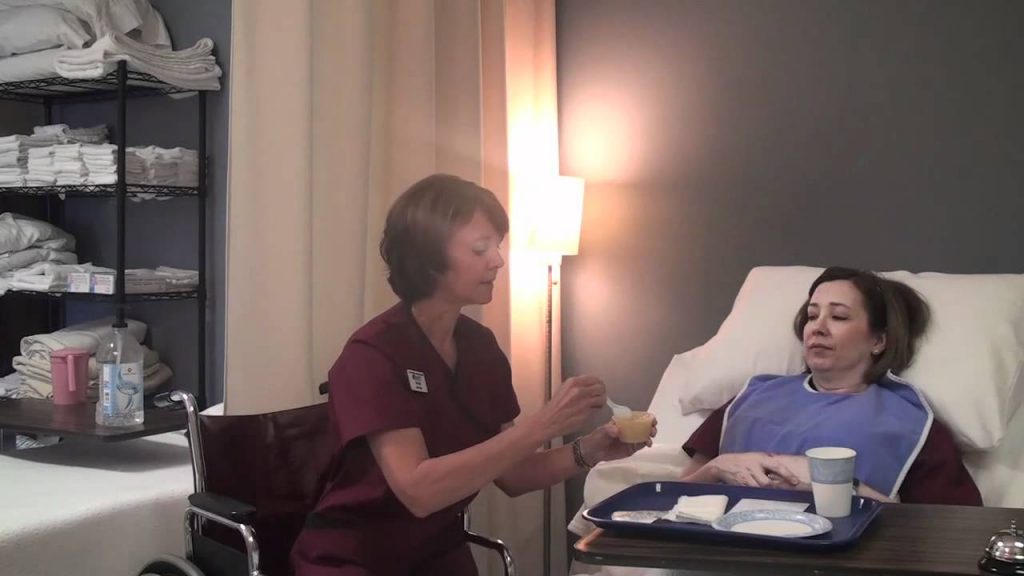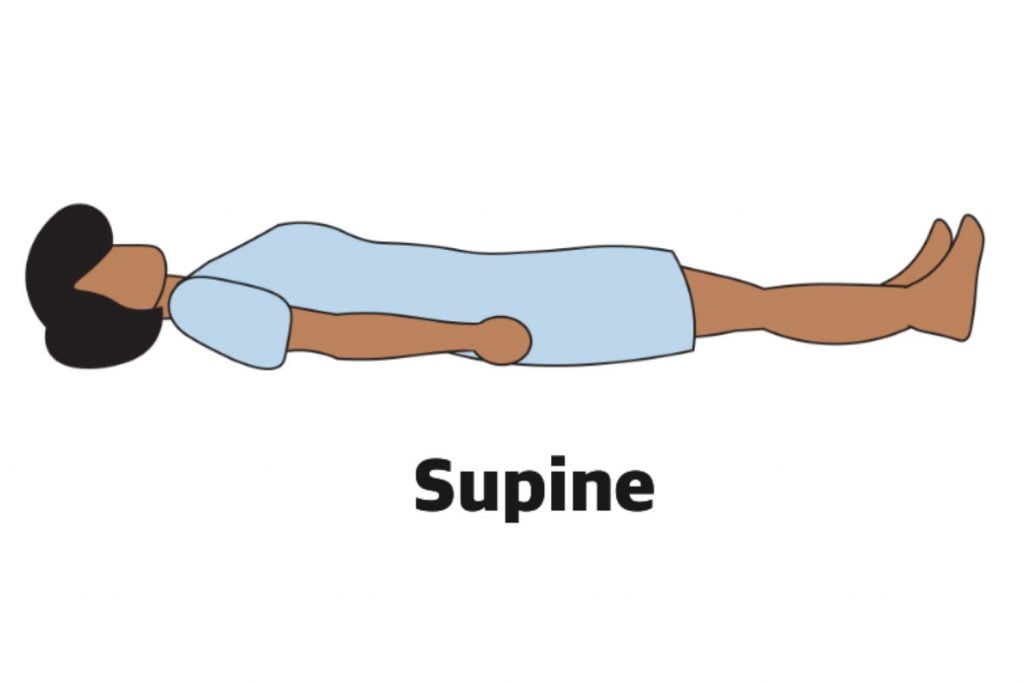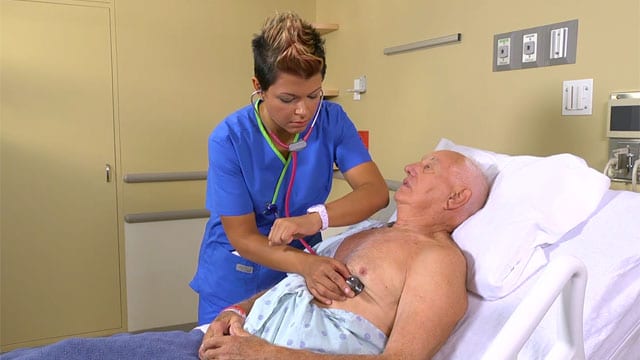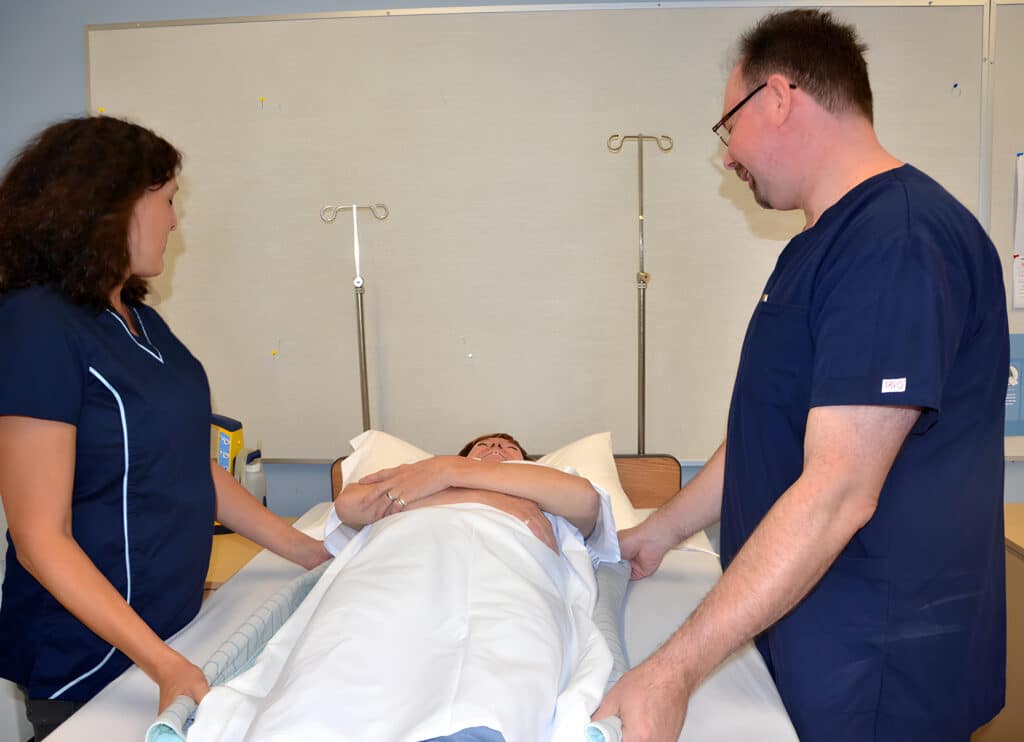Written by Amanda R. McDaniel, MS, BSN, RN
Amanda is a BSN/RN with a MS in Physiology and a BA in English. She worked as a medical writer in the pharmaceutical industry for 11 years before pursuing a career in nursing. She now works as a nurse on a NeuroTelemetry unit and continues to write and edit on a freelance basis. Amanda’s LinkedIn
Oral hygiene is about more than good breath. For patients, it can increase their sense of well-being and normalcy, as well as help ensure that they can easily consume food.
Providing Oral Care
- Gather your supplies.
- Gloves
- Emesis basin
- Towels
- Toothbrush with soft bristles or mouth cleaning swab/sponge
- Toothpaste
- Dental floss
- Alcohol-free antiseptic mouth wash
- Water glass with water and a straw (check that the patient is allowed straws)
- Introduce yourself to the patient, perform hand hygiene, and put on gloves. Close the door or draw the curtain to ensure patient privacy.
- Ask the patient what they feel comfortable doing and what they would like assistance with.
- Raise the bed to a height that is comfortable for you to work with, at least 45 degrees. Place a towel over the patient’s chest. Lay a towel on the bedside table and position the table over the patient’s lap. Place your supplies on the table so they are in easy reach.
- Apply toothpaste to the toothbrush. Moisten the toothbrush with a small amount of water from the glass. If a toothbrush is unable to be used, moisten a mouth cleaning swab with water or antiseptic mouth wash, depending on the brand of swab used.
- If the patient is able, allow them to brush their own teeth. Observe them as they do and offer suggestions if you see that they are neglecting areas (ex: äóìBe sure to get the backs of your teeth.äó).
- If the patient is unable to brush their own teeth, ask them to open their mouth. Place the toothbrush at a 45-degree angle to the gum line. Using an up-and-down motion, brush the outer and inner surfaces of all teeth, making sure to include the gum line. Brush the bite surfaces of the teeth with a back-and-forth motion. Lastly, brush the surface of the tongue. Be gentle! An accidental jab with the toothbrush can upset the patient and make them refuse further oral care.
- Have the patient rinse their mouth with water and spit into the emesis basin.
- The patient should then swish with the alcohol-free antiseptic mouth wash for at least 30 seconds.
- Allow the patient to floss their teeth, or do it for them (unless contraindicated). The floss should be gently moved up and down between the teeth. Make sure that none are missed.
- Allow the patient to rinse their mouth with water again and spit into the emesis basin.
- Help the patient dry their face. Remove the towel from the patient’s chest and clean off the bedside table. Help the patient back to a comfortable position.
- Remove gloves and perform hand hygiene.
- Record the hygiene procedure per institutional or unit policy. Report any patient complaints of pain or tenderness, or any signs of oral infections such as new odors, lesions, redness or swelling of the gums to the nurse per institutional or unit policy.
Amanda R. McDaniel, MS, BSN, RN
References
Hygiene. (2014). In A. G. Perry, P. A. Potter, and W. R. Ostendorf (Eds), Clinical nursing skills & techniques (8th ed., pp. 405-410). St. Louis, MO: Mosby Elsevier.

